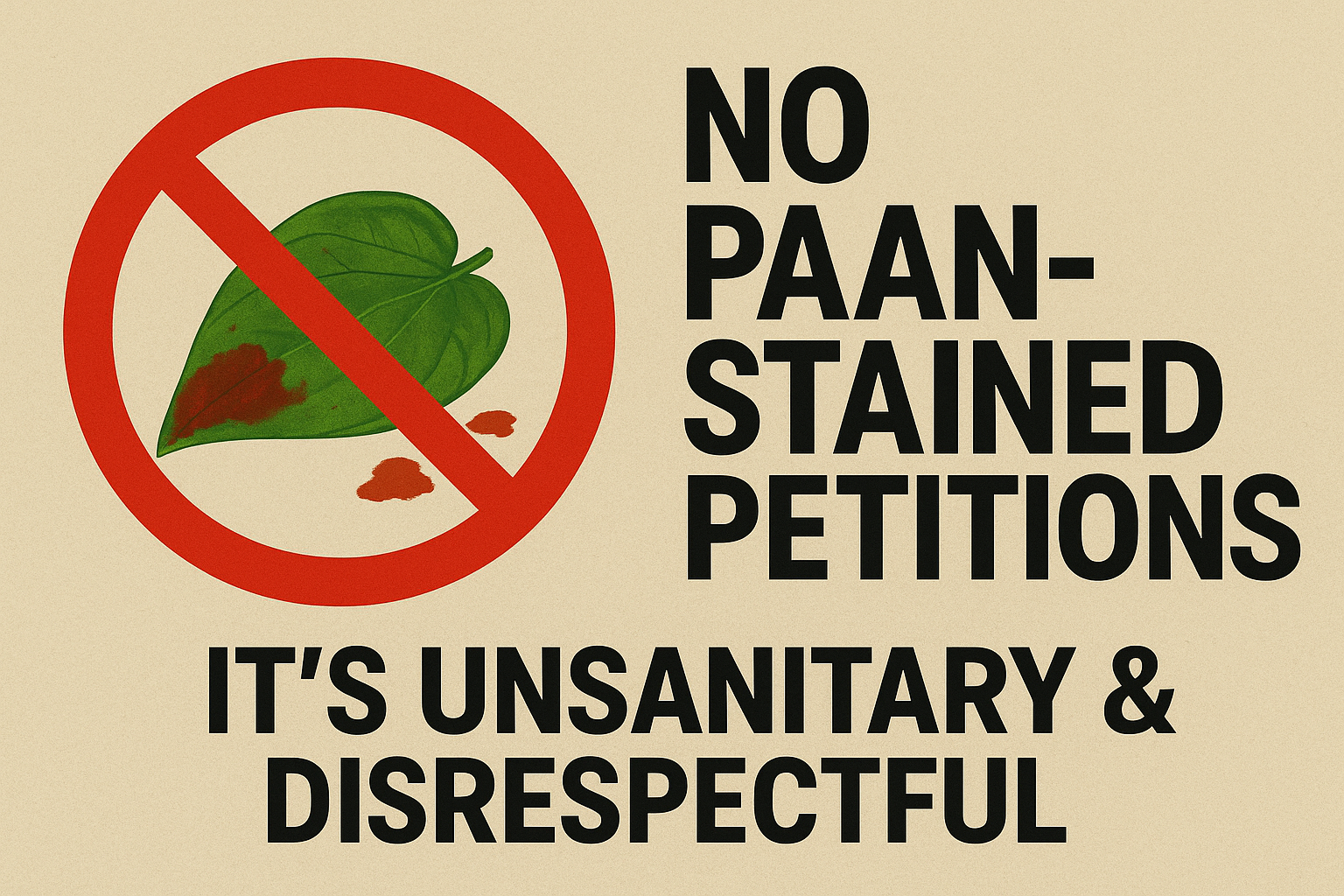
In the colorful orchard of Indian agriculture, the mango has long been crowned as the king of fruits. Among its regal varieties, Alphonso held a special place, revered for its rich flavor, deep saffron hue, and lofty price tag. However, in recent export seasons, this royal title has quietly slipped from Alphonso's grasp. The new favorite in international markets is the modest yet flavorful Kesar mango.
Kesar, grown predominantly in Gujarat, has charmed its way into the hearts of consumers across the globe. For two consecutive financial years, it has outperformed Alphonso in terms of dollar value in exports. According to data from the Union commerce ministry, Kesar mango exports fetched $11.48 million in FY25, significantly higher than Alphonso’s $8.56 million. This trend is not a fluke but part of a broader shift in global demand patterns.
The change is being felt across several countries, including the United States, United Kingdom, UAE, Saudi Arabia, Canada, Germany, Kuwait, Oman, Yemen, and the Netherlands. The growing popularity of Indian mangoes like Chausa, Dasheri, Totapari, Banganapalli, and even non-branded varieties is reshaping export dynamics. What was once a domain ruled by a single premium variety has now become a vibrant marketplace of flavors, textures, and affordability.
Traders and analysts point out that this shift is largely due to the evolving preferences of overseas retail chains and the Indian diaspora. More affordable varieties like Kesar offer a good balance of taste, shelf life, and cost-effectiveness, making them ideal for international consumers and supermarkets. Ekram Husain, chief executive officer of Essar Exports and vice-president of the VAFA Fresh Vegetables and Fruits Exporters Association, emphasized that farming practices in India have also adapted to meet the strict standards of foreign markets. Non-Alphonso varieties have only recently been accepted in high-value markets, thanks to these changes.
One of the key reasons for Alphonso’s dip in popularity is the high cost of shipment. Due to its perishable nature, Alphonso must be transported via air, incurring an 18 percent GST and significantly higher logistics costs. In contrast, other mango varieties can be shipped by sea, which carries a lower GST rate of 5 percent. This difference alone has made Kesar and other varieties more economically viable for exporters and importers alike.
Interestingly, the perception that Alphonso is always the most expensive mango is not entirely accurate. According to Pankaj Dali, an Alphonso farmer from Ratnagiri, Alphonso is usually sold by the dozen, unlike most varieties that are sold per kilogram. When price is calculated in terms of dozens, Alphonso often appears more affordable than expected. However, the additional cost of air transport and limited shelf life reduces its competitiveness in bulk export markets.
Despite its recent dethroning, Alphonso still enjoys a premium reputation, especially after receiving Geographical Indication (GI) certification. Its rich aroma and luxurious taste continue to win hearts, but the global marketplace is increasingly tilting toward practicality and cost-efficiency. For exporters, this means adapting to new market realities.
India’s total mango exports, excluding dried mango and pulp, have also seen a decline over the years. In FY25, the total stood at $56.34 million, down 6.3 percent from $60.14 million in FY24 and lower than the peak of $60.26 million recorded in FY19. That year, Alphonso alone contributed the entire amount, highlighting its past dominance.
Today, the global mango basket is more democratic. Varieties that were once overshadowed by Alphonso’s glamour are now standing tall on the shelves of supermarkets in New York, London, and Dubai. The Kesar mango’s ascent is not just about taste; it is a story of changing economics, global market demands, and a country’s ability to diversify and adapt.
Indian mangoes, once seen as a seasonal indulgence, are now becoming a year-round export commodity. With the right mix of quality, pricing, and compliance with global standards, they are well on their way to becoming not just the king but also the people's favorite fruit on the global stage.



.jpeg)


.jpeg)




.jpeg)

.jpeg)


.jpeg)


.jpeg)

.jpeg)